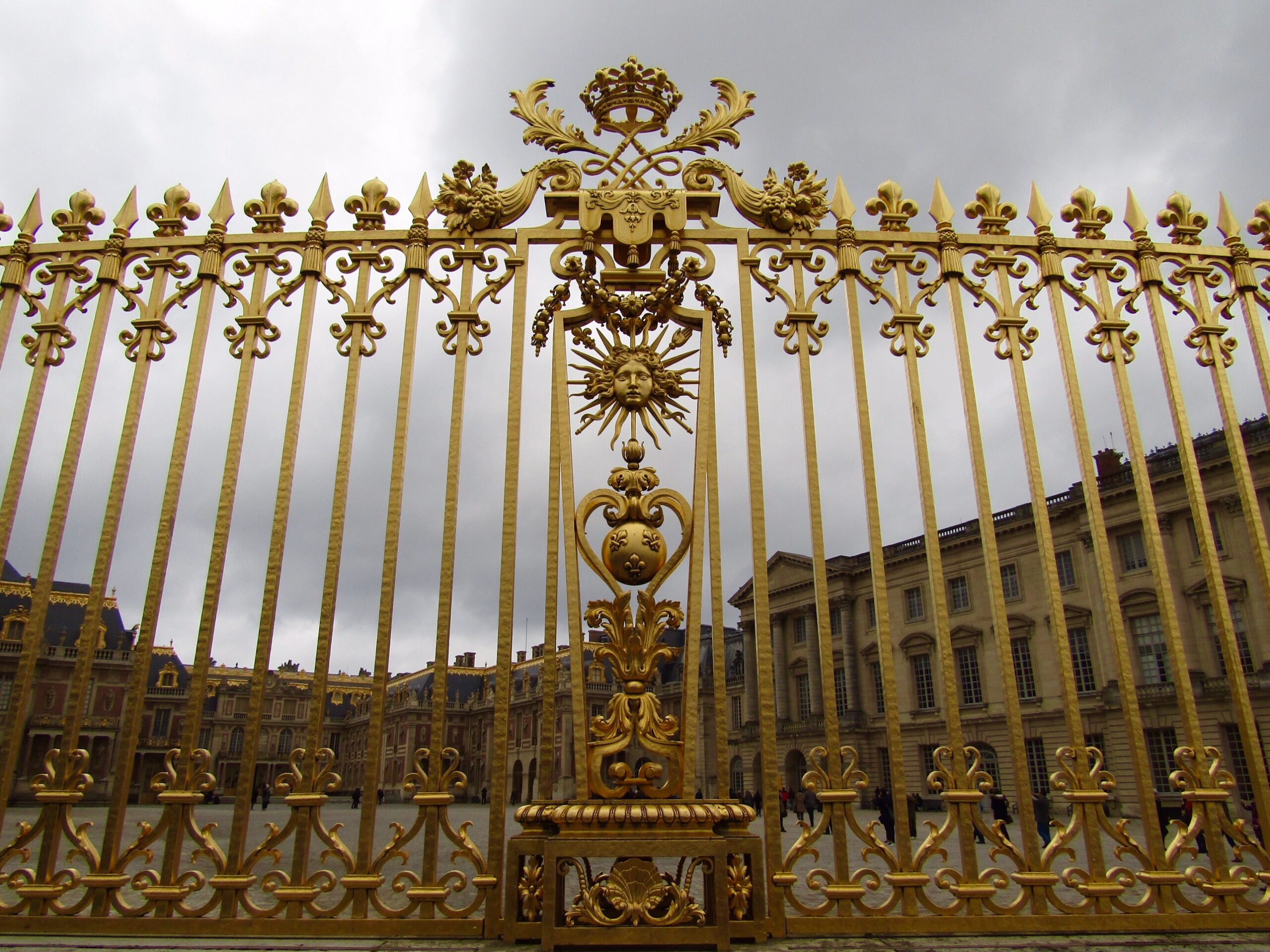Located about 11 miles outside of Paris lies a monument to the opulence of Louis XIV. The Palace of Versailles was built in 1623 for Louis XIII as a simple brick and stone hunting lodge. But during a 20-year period in the 1660s-70s, the son turned it into an ornate mansion with a very-roughly estimated budget of $2 billion US dollars in today’s money.
A simple self-guided tour is a whole day affair. In what’s becoming a theme for us, it was made longer by a morning train delay that left us stuck in Paris for an extra hour-plus. Arriving later in the morning, we joined the throngs of Saturday tourists awaiting entry.
An audio guide was provided for free, providing a lot of useful information about the various rooms while also painting a picture of what daily life might have been like for the royal family and the thousands of courtiers living on the grounds.
Versailles quickly became the center of French politics until the monarchy was overthrown during the French Revolution and upkeep of the palace was neglected. Various restoration projects during the early 1800s began to restore the palace, but it wasn’t until the efforts of King Louis Philippe I to turn the palace into a public museum that modern-day Versailles began to take shape.
Visiting Versailles from Paris
We had a hard time getting good directions from our apartment in Montmartre. Every website suggested heading to the nearest RER C station, which we did. However, the RER C line is a tangled web and our nearest stop required the aforementioned painful transfer at Champs de Mars – Tour Eiffel.
If you’re staying in one of the main tourist centers of Paris, head for one of the stations between Champs de Mars and Saint-Michel – Notre-Dame bound for Versailles Chateau – Rive Gauche. The palace entrance is a 5-10 minute walk from the station.












More Photo of the Day posts from our January-March 2016 trip to Europe


Beautiful!
Thanks Caitlin! Have you been?
Yes just recently! I have a few of the same photos as you 🙂 the most beautiful interiors I’ve ever seen